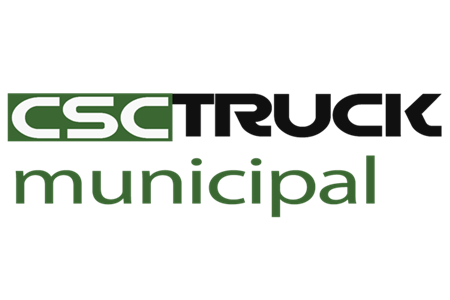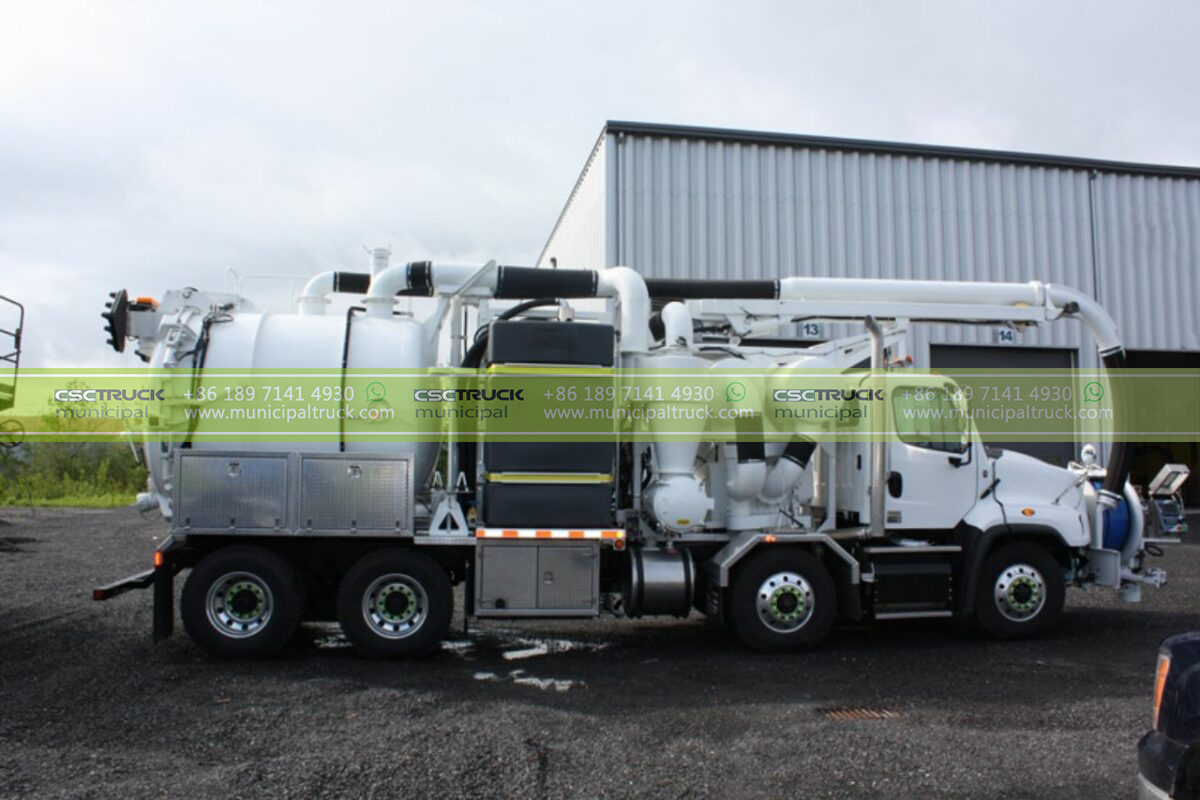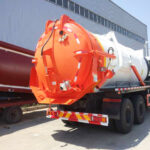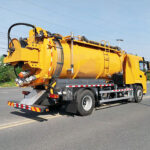In a transformative initiative addressing Ontario’s aging sewer networks, CSCTRUCK Municipal has delivered 28 high-capacity combo sewer jetter trucks to the Ontario Water Consortium (OWC) through a strategic $74 million partnership with AquaSolutions Canada (ASC), the province’s leading water infrastructure contractor. This deployment—operational immediately across 14 municipalities—confronts the critical backlog of 12,000 kilometers of critically underserviced combined sewers, where historical pipe blockages contribute to 63% of seasonal basement flooding incidents during peak rainfall events. The specialized dual-function hydro-jetting units integrate 360° nozzle articulation, real-time debris analysis, and simultaneous vacuum recovery systems, enabling municipal crews to clear obstructions 55% faster than conventional methods while achieving 98% solids capture to prevent post-flushing contamination.
Engineering Innovation: Integrated Systems for Extreme Urban Environments
The CSCTRUCK CJX-7000 series incorporates ruggedized technologies engineered for Ontario’s complex subterranean infrastructure, combining ultra-high-pressure cleaning with intelligent debris management essential for historic urban cores.
- Adaptive Hydrodynamic Array: Titanium oscillating nozzles deliver 42,000 PSI at variable spray patterns (0° to 80°), dynamically adjusting pressure based on pipe material sensors to prevent damage to century-old brick conduits while disintegrating root intrusions within 90 seconds.
- Simultaneous Vacuum Recovery: Twin-cyclonic separators with 280 m³/hr suction capacity extract dislodged debris during jetting operations, eliminating the “flush-and-redeposit” cycle that historically required secondary cleaning passes in 78% of cases.
- Obstruction Intelligence Module: Ground-penetrating radar mounted on articulating bores maps pipe deformations ahead of nozzle heads, automatically adjusting trajectory to bypass collapsed sections that previously caused 30% of equipment jams.
- Arctic Operational Package: Thermal-jacketed hoses maintain flexibility at -30°C, while engine heat recovery systems prevent fluid freezing during winter operations – reducing seasonal downtime by 47% in northern municipalities.
Operational Integration within Municipal Maintenance Protocols
Deployment establishes a predictive maintenance framework integrated with Ontario’s Smart Water Network, where trucks service high-risk corridors identified by AI blockage forecasting models. Units operate in three critical modes: emergency response to flooding incidents (mobilized within 18 minutes), preventative cyclic cleaning of priority combined sewers, and post-storm overflow mitigation at 142 known CSO (Combined Sewer Overflow) points. During operations, real-time viscosity sensors distinguish grease accumulations from mineral deposits, automatically adjusting chemical injection ratios to dissolve FOG (Fats, Oils, Grease) without corroding cast iron pipes. Crucially, the system’s Closed-Loop Reporting documents pipe conditions to provincial asset management databases, generating automatic work orders for structural repairs when wall thinning exceeds 35%.
Environmental Protection and Water Quality Impact
This fleet fundamentally advances Ontario’s Zero Overflow Initiative by preventing an estimated 1.2 billion liters of annual untreated wastewater discharge into Lake Ontario watersheds. The precision jetting-vacuum coordination captures 99.4% of dislodged contaminants—including microplastics and pharmaceutical residues—diverting them to thermal hydrolysis facilities rather than storm drains. In sensitive ecological zones like Toronto’s Don River estuary, the trucks’ terrain-specific pressure profiles prevent sediment mobilization that historically increased turbidity by 80 NTU during cleaning operations, protecting critical fish spawning habitats. During extreme weather response, the units’ rapid deployment capability reduces urban floodwater contact with electrical systems by 68% – a critical risk reduction after 2023’s fatal basement electrocution incidents.
Strategic Partnership and Technical Capacity Building
The CSCTRUCK-ASC collaboration establishes North America’s premier wastewater technology competence center in Hamilton, training 190 municipal technicians in advanced hydro-dynamics and mechatronic diagnostics. Knowledge transfer includes holographic pipe network simulations for complex scenarios like heritage district labyrinths, reducing operational planning time from 14 hours to 90 minutes. Performance telemetry from the jetter fleet now feeds Ontario’s Provincial Infrastructure Resilience Index, enabling predictive budget allocation for sewer rehabilitation based on actual degradation metrics rather than age-based estimates. The partnership has already catalyzed local production of erosion-resistant nozzle components in Windsor’s manufacturing corridor, achieving 60% domestic content per vehicle.
Future Urban Water Management Applications
Phase Two technology integration commencing Q2 2026 will embed acoustic leak detectors within jetting heads to identify subsurface pipe failures during routine cleaning – potentially saving $180 million annually in unreported water loss. The platform’s AI architecture will interface with Toronto’s Digital Twin infrastructure model, simulating cleaning impacts on adjacent utility corridors before deployment. For industrial applications, high-capacity vacuum truck derivatives are undergoing adaptation for refinery interceptors in Sarnia’s Chemical Valley – technology that could expand CSCTRUCK’s municipal solutions to complex private-sector wastewater challenges across Canada’s manufacturing heartland.







